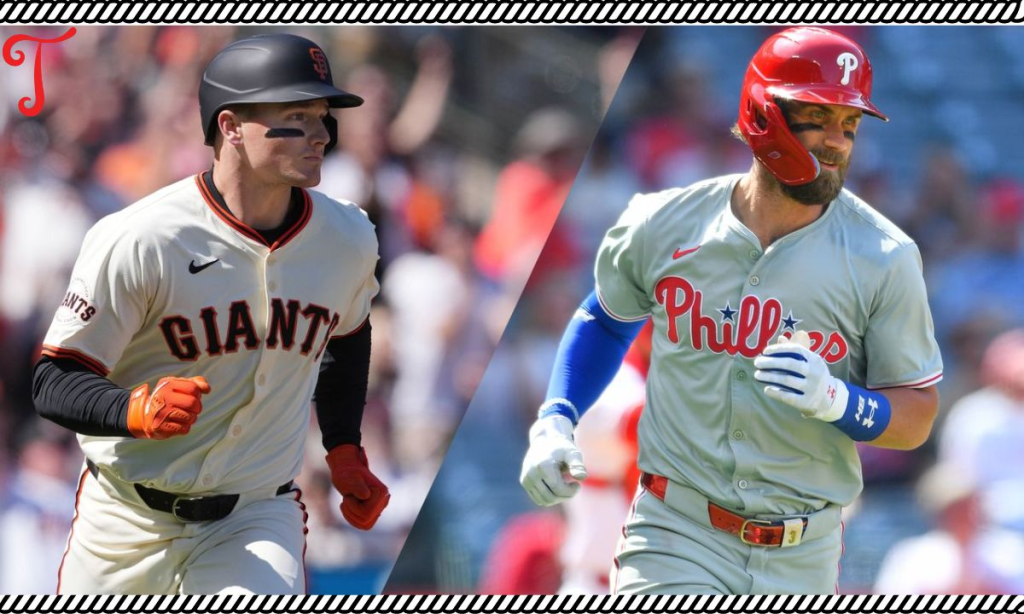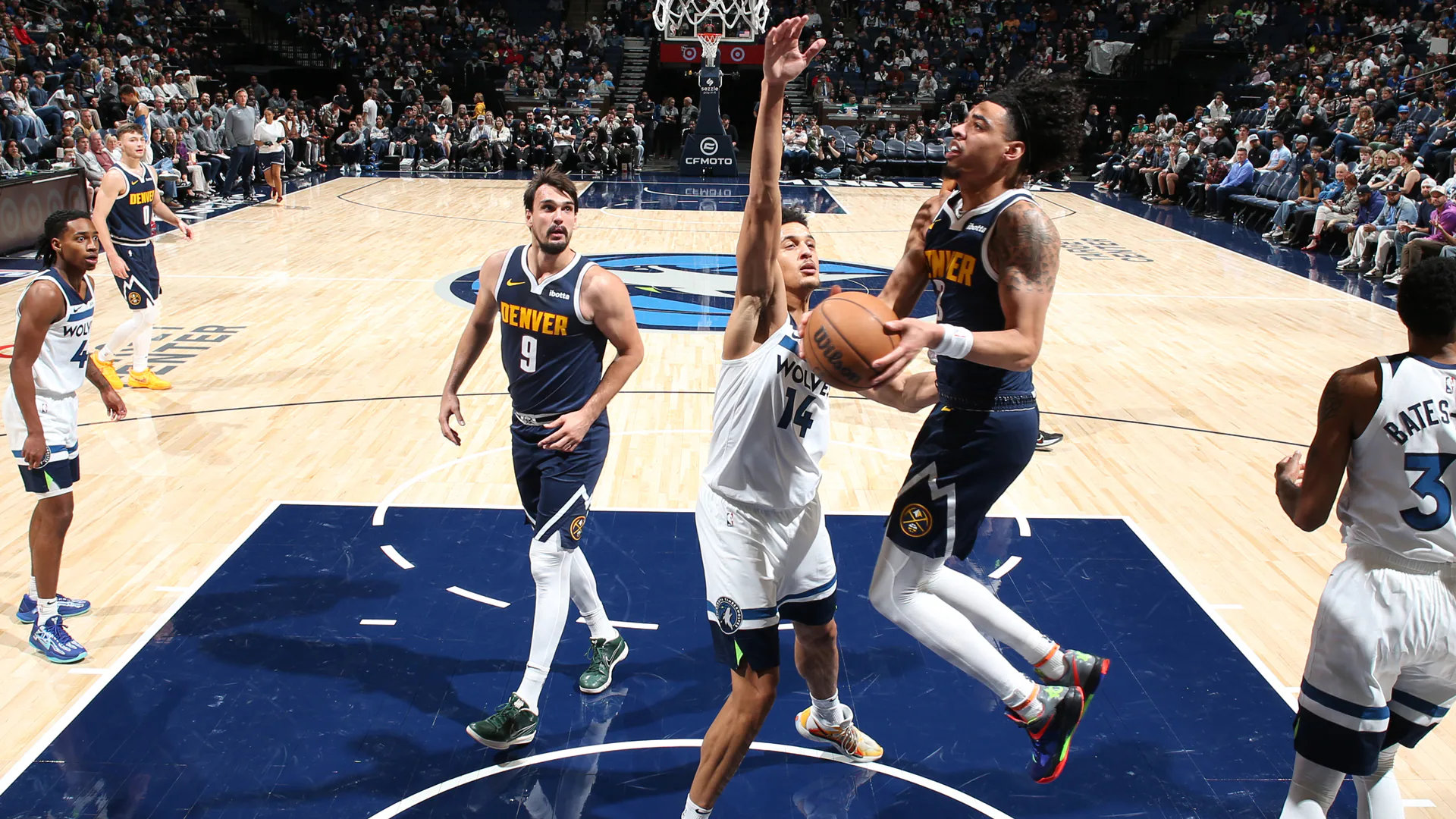Phillies vs. San Francisco Giants: A Deep Dive into Match Player Stats
Baseball fans around the world know that the matchups between the Philadelphia Phillies and the San Francisco Giants are always packed with excitement. Both franchises boast rich histories in Major League Baseball (MLB) and have produced legendary players. When these two teams collide, player performances play a crucial role in determining the outcome. In this article, we’ll dive deep into the Phillies vs. San Francisco Giants match player stats, analyzing standout players, key metrics, and individual performances that often determine the result of the game.
A Brief Overview of the Teams
Before we get into specific player stats, it’s essential to understand the teams themselves:
- Philadelphia Phillies: Founded in 1883, the Phillies have two World Series titles (1980, 2008) and have produced stars like Mike Schmidt, Steve Carlton, and Jimmy Rollins. The current Phillies squad blends a mix of seasoned veterans and young talent, aiming to compete for another championship.
- San Francisco Giants: The Giants, founded in 1883 as well, were originally based in New York before relocating to San Francisco in 1958. With eight World Series titles (five in New York, three in San Francisco), the Giants are one of the most storied franchises in baseball history. Legends like Willie Mays, Barry Bonds, and Juan Marichal have donned the Giants uniform. Today, they continue to field competitive teams that fight for postseason success.
When these two teams meet, the contest often comes down to individual performances. Now, let’s dive into the most critical player stats for a typical Phillies vs. Giants match.
Key Player Stats Categories
In MLB, a player’s impact is measured by a range of statistics that go beyond just hits and runs. Here’s a breakdown of some key player stats to consider in a Phillies vs. Giants matchup:
1. Batting Stats:
- Batting Average (AVG): This metric measures how often a player gets a hit, calculated by dividing hits by at-bats. It’s a traditional way of assessing a player’s offensive consistency.
- On-Base Percentage (OBP): OBP takes into account how often a player reaches base, including walks and hit-by-pitches, making it a more complete measure of offensive value than batting average alone.
- Slugging Percentage (SLG): SLG calculates the total number of bases a player earns per at-bat, giving more weight to extra-base hits (doubles, triples, home runs).
- Home Runs (HR): A crucial stat in any matchup, home runs can change the dynamics of a game in an instant.
- Runs Batted In (RBI): RBI measures how many runs a player has driven in. A player who racks up RBIs in clutch situations is invaluable.
2. Pitching Stats:
- Earned Run Average (ERA): ERA is the average number of earned runs a pitcher allows per nine innings pitched. The lower the ERA, the more effective the pitcher.
- Strikeouts (K): The number of times a pitcher sends a batter back to the dugout without a hit. A high strikeout total often means the pitcher is overpowering opposing hitters.
- Walks and Hits per Inning Pitched (WHIP): WHIP calculates the number of baserunners a pitcher allows per inning, combining both hits and walks. Lower WHIP values indicate a more effective pitcher.
- Wins (W) and Losses (L): While these traditional stats are still often cited, they can sometimes be misleading. A pitcher can throw an incredible game but still be tagged with a loss if their offense doesn’t provide run support.
3. Fielding Stats:
- Fielding Percentage (FPCT): This stat measures how cleanly a player fields the ball, with errors deducted from their total chances.
- Defensive Runs Saved (DRS): A more modern statistic, DRS evaluates how many runs a player has prevented through their defense compared to an average player.
- Assists (A) and Putouts (PO): These are basic measures of defensive involvement in making plays in the field.

Phillies Players to Watch in the Giants Matchup
- Bryce Harper (RF):
- Batting Stats: Harper has consistently been one of the Phillies’ top offensive performers. In recent years, Harper has maintained a batting average around .280-.300, an OBP of over .400, and regularly posts 30+ home runs per season.
- Home Runs: His ability to hit for power makes him a threat in any game, and the Giants’ pitching staff knows to be cautious when Harper is at the plate.
- Clutch Performance: Harper is known for delivering in critical moments. His RBIs in tight games often shift momentum in favor of the Phillies.
- Zack Wheeler (SP):
- Pitching Stats: Wheeler has established himself as one of the top arms in the National League. In a typical matchup against the Giants, his ERA often hovers around 2.50-3.00, making him a tough challenge for San Francisco hitters.
- Strikeouts: Wheeler has a penchant for striking out batters, averaging over 9 K/9 innings. His ability to dominate with his fastball and mix in off-speed pitches makes him a dangerous adversary.
- J.T. Realmuto (C):
- Batting & Defensive Stats: Known as one of the best catchers in the league, Realmuto contributes both offensively and defensively. With a batting average close to .275 and an excellent OBP, Realmuto is a constant presence on the basepaths.
- Fielding: Behind the plate, his fielding percentage and ability to throw out base stealers (over 35% caught stealing rate) add a layer of defense that neutralizes opponents’ running games.
Giants Players to Watch in the Phillies Matchup
- Brandon Crawford (SS):
- Fielding Stats: Crawford is one of the best defensive shortstops in the league, often leading in DRS. His ability to turn double plays and cover ground in the infield makes him a defensive anchor for the Giants.
- Batting Stats: While not a power hitter, Crawford is known for coming up clutch with key hits. His batting average may hover around .250, but his situational hitting makes him a valuable player against the Phillies.
- Logan Webb (SP):
- Pitching Stats: Webb has emerged as a key pitcher in the Giants’ rotation. With an ERA typically around 3.00, Webb relies on ground ball outs and limits hard contact, making him a formidable opponent against the Phillies’ potent lineup.
- Strikeouts and Control: Webb also excels in limiting walks, often posting a WHIP below 1.10, which demonstrates his command on the mound. His ability to induce ground balls through his sinking fastball is particularly important in matchups against power-hitting teams like the Phillies.
- Mike Yastrzemski (OF):
- Batting Stats: Yastrzemski provides the Giants with a balanced offensive attack. With a batting average around .260 and the potential for 20-25 home runs in a season, he offers both consistency and power.
- OBP and Slugging: His OBP typically hovers around .350, showing that he gets on base frequently, setting up RBI opportunities for the heart of the Giants’ order.
Head-to-Head Matchup Stats
When analyzing Phillies vs. Giants match player stats, historical head-to-head stats often come into play. Players like Harper and Wheeler have faced the Giants multiple times, so their past performance against San Francisco provides valuable insight. Likewise, Giants stars like Crawford and Webb have plenty of experience facing the Phillies, which can give them an advantage when game-planning for matchups.
Key Matchups:
- Bryce Harper vs. Logan Webb: Harper’s ability to hit for power will be tested against Webb’s ground-ball-inducing arsenal. In past matchups, Harper has had mixed success, occasionally getting the better of Webb but also being neutralized by his sinker.
- Brandon Crawford vs. Zack Wheeler: Crawford’s situational hitting could come into play against Wheeler’s high-velocity fastball. Crawford’s ability to grind out at-bats and put the ball in play has made this matchup one to watch in previous games.
Conclusion
In any Phillies vs. Giants matchup, the game is often decided by key individual performances. Both teams boast a mix of elite hitters, lockdown pitchers, and gold-glove-caliber defenders. By closely examining player stats like batting averages, ERA, strikeouts, and fielding metrics, we gain a deeper understanding of the critical factors that determine the outcome.













Post Comment